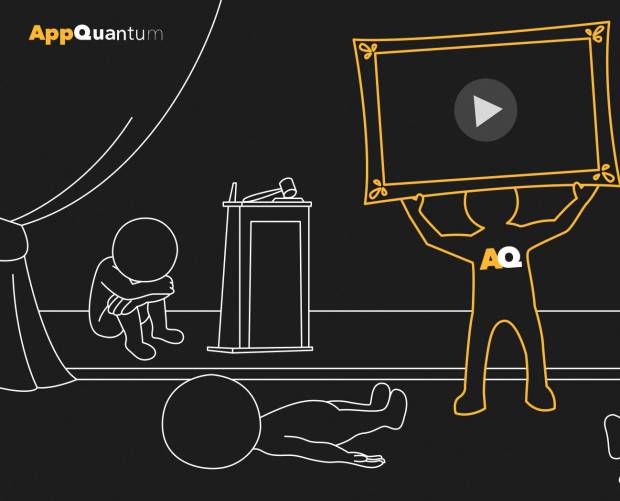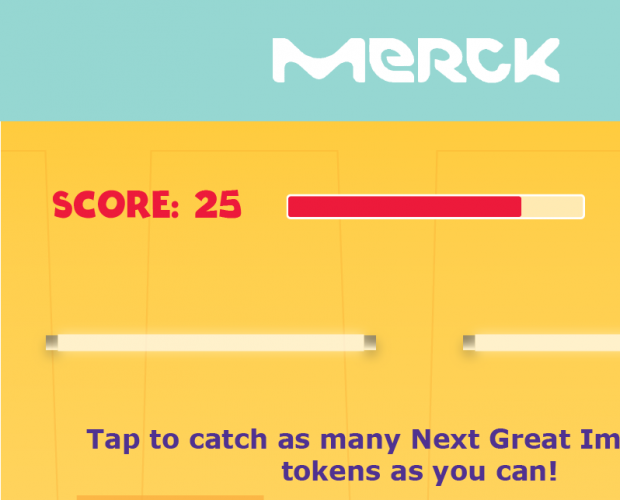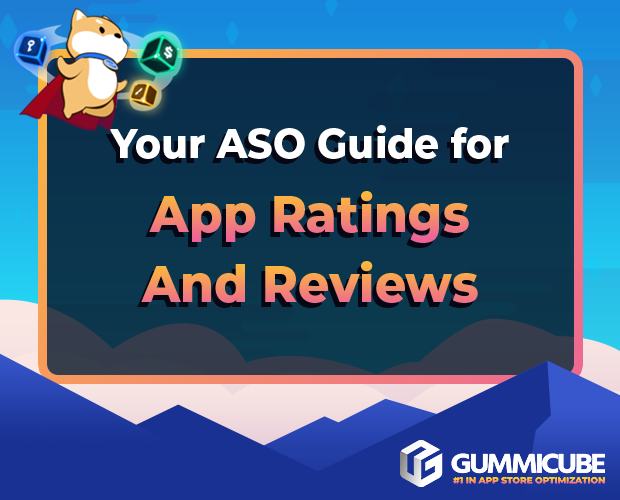Nigel Hollis, Chief Global Analyst at brand media and communications
market research company Millward Brown, offers advice on successfully
incorporating mobile into the marketing mix
According to The Shosteck Group, the value of the global mobile advertising market could reach $10 billion by 2010. While this claim is strongly reminiscent of the overblown estimates made by the Internet advertising start-ups in 1999, advertisers are nonetheless intrigued by the possibilities of this new medium. Mobile offers a new way to cut through in today's cluttered media environment, combining the potential for precise targeting and the ability to extend a physical, tangible brand encounter into a digital and interactive one. So amidst the hype, major marketers are beginning to commit budgets to mobile marketing. However, they need to weigh the benefits carefully against the potential to seriously harm peoples relationship with a brand. Unless contact is made in an acceptable fashion, the mobile advertiser runs the risk of significant consumer backlash.
The consumer viewpoint: it's MY phone!
Whether people view the mobile phone as an indispensable lifeline to friends, family and colleagues or a necessary evil, they all share the belief that their mobile phones belong to them, not to the service carrier, and certainly not to advertisers. Therefore, we expect consumer response to mobile advertising to range from grudging acceptance to tempered enthusiasm. Acceptance will always be conditional, e.g.
I'll endure advertising on my phone if I have some degree of control, such as the ability to opt in or out.
I'll tolerate advertising on my phone, and even watch some ads, if you give me something of value in exchange.
I'll accept advertising on my phone if it's relevant and interesting to me.
Clearly, people dont want to receive unwanted or irrelevant messages; therefore, unsolicited and irrelevant advertising will be even less welcome than e-mail spam.
The advertiser's viewpoint: can we talk?
The path to realising the potential of mobile is strewn with challenges for advertisers. The proliferation of new forms of advertising and branded content, created to go beyond the limitations of SMS-based direct marketing, creates difficulties which are further exacerbated by the lack of shared standards across devices, networks, and content providers, as well as network databases that promise, but rarely deliver, the ability to target individual users.
These technical and tactical issues, challenging as they may be, pale in importance next to the ultimate challenge, which is winning the hearts and minds of mobile phone users who are already bombarded by hundreds of marketing pitches every day. To successfully integrate mobile into the marketing mix, advertisers need to build trust among consumers by first gaining permission and then offering relevant communication.
Advertisers can connect to mobile customers who have granted explicit permission to receive marketing messages. Networks all over the world are adopting some form of paid viewing model, which compensates people for viewing ads.
An even better way to gain permission is to pull people to mobile communication through messages in other media. Interactivity can be built into ad campaigns by adding shortcodes to ads on TV, radio, or billboards, which consumers use to respond to offers using their phones. However, advertisers need to be careful about targeting their offers to audiences who have the necessary skills to respond. Most young people are proficient in text-messaging, but older phone users may not be. Therefore, some of the newer, more sophisticated applications, such as those which involve e-mailing a photograph of a product or ad in return for a WAP link for specific content, must be targeted carefully.
Once a connection has been made with a willing audience, the next challenge is to hold the attention of that audience by establishing relevance. Here, the mobile connection offers a wide range of possibilities. The route chosen will vary according to the nature of the brand and the marketing objective.
Objective: deliver news
Brands with news to convey might logically choose to align themselves with a news headline service, such as the recently launched MSNBC.com Mobile beta service. This service is free, supported by advertising revenue generated from 15-second pre- and post-screening ads. Sponsoring services people appreciate, such as weather updates, pollen counts or highway construction delays, can increase brand saliency and build rational brand affinity.
It may also be productive to target some group other than the end-users. In the UK, GlaxoSmithKline achieved dramatic sales increases for its hay fever remedy Flixonase through a campaign targeted to pharmacy assistants. The assistants responded to invitations (from direct mail or the GSK sales team) to register for weekly SMS communications dealing with local pollen counts, information about allergy treatments, and weekly quizzes with prizes.
Objective: create brand engagement
Marketers whose objective is to create brand engagement among a specific target might choose to shape a promotion around an event sponsorship. Last March, Tyson Foods used mobile to activate its sponsorship of USA Gymnastics. Spectators at the Tyson American Cup gymnastics competition were invited to text a message to gymnast Chellsie Memmel for a chance to win VIP seats at the competition. Midway through the event, the winner was invited to join Memmel on the floor for the remainder of the program. Everyone else who entered the promotion received a follow-up message from Chellsie, thanking them and reminding them of ways to stay in touch with Tyson online.
Objective: generate direct response
Advertisers who want to drive sales can always fall back on the tried-and-true price promotion. In Israel, Coca-Cola has used MMS to provide shoppers with coupons that can be swiped directly from their phones. Similarly, Hutch India provides customers with coupons to use for a two-for-one deal at retail outlets.
Lessons learnt from successful campaigns include:
1. Mobile works best when it's used to pull, not push. Virgin Mobile launched a popular and profitable campaign to introduce their 5-cent text service in Australia using TV, radio, Internet, taxi, and washroom ads to introduce Warren, a lovable loser searching for a dream date. These ads encouraged people to talk to Warren using their phones; their calls or text messages triggered a variety of amusing responses.
2. Communication must be relevant, offering functional benefits, news or entertainment appropriate to the target. The Warren campaign appealed directly to the emotional concerns of the tribal teen audience, using humour and a relevant campaign theme.
3. Word of Mouth and positive PR can boost the impact of a campaign well beyond its direct investment. By design, the Warren campaign benefited greatly from these effects.
The world of mobile advertising will continue to evolve. As bandwidth and technology improve, mobile phones will market to a vast number of people using Internet- and TV-style ads, search, and branded content. For most brands, mobile marketing will be used most effectively for facilitating dialogue with consumers. By adding the third screen to the mix, marketers can create more extended conversations with consumers, as a connection is maintained across physical brand encounters, traditional media exposures and contact over the phone.
.png)






